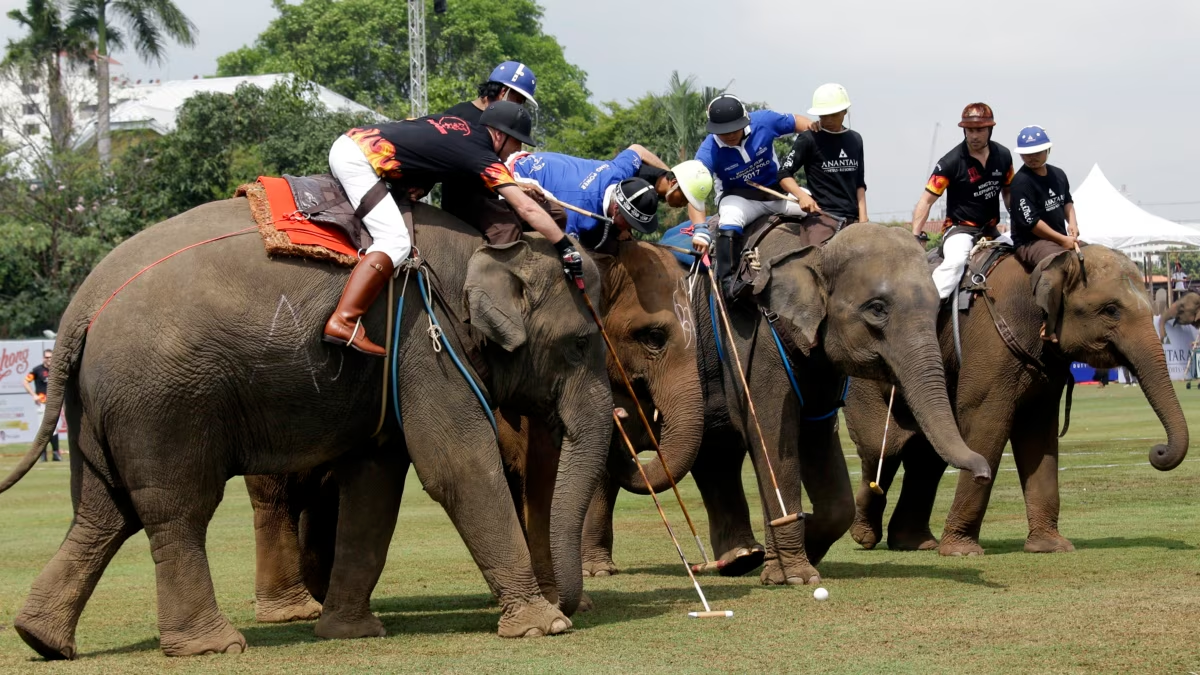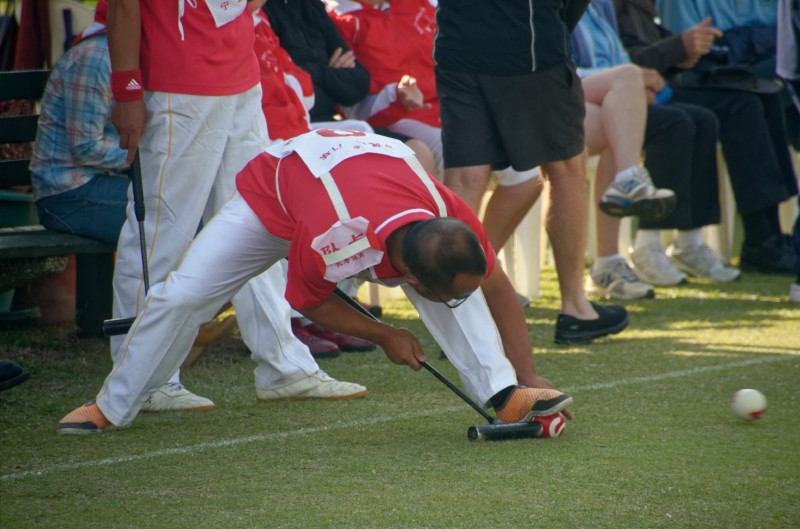innovuscollege.com – When you think of polo, images of horses galloping across lush fields likely come to mind. But imagine swapping those agile horses for elephants—towering, gentle giants that turn this aristocratic pastime into a quirky and unforgettable spectacle. Welcome to elephant polo, a sport that combines the elegance of polo with the unique challenges of working with one of the world’s most majestic creatures.
The Origins of Elephant Polo
Elephant polo has its roots in the early 20th century when British colonial officers in India were inspired to adapt horse polo for elephants. However, the modern version of the sport took shape in the 1980s when James Manclark, a Scottish aristocrat, and Jim Edwards, a British entrepreneur and tiger conservationist, introduced formalized rules in Nepal. The duo founded the World Elephant Polo Association (WEPA), which governed the sport for decades.
How the Game Works
While the basics of elephant polo are similar to its equestrian counterpart, the rules and setup are adapted to accommodate the unique challenges of working with elephants:
- The Field: Matches are typically played on a smaller field (about 100 meters by 70 meters) to suit the elephants’ slower pace.
- Teams: Each team consists of two or three elephants, with players mounted on their backs.
- Equipment: The mallets are much longer—about 6 to 10 feet—so players can reach the ground from atop their massive mounts.
- The Elephants: Each elephant is paired with a mahout (a professional trainer and handler) who helps guide the animal during play.
The Challenges of Playing
Elephant polo is as much about skill as it is about teamwork between players and their mahouts. The sheer size and slower speed of elephants mean games are less frenetic than traditional polo but require strategic precision. Players must also contend with their unpredictable partners—elephants sometimes stop mid-game to snack or cool off.
Conservation and Ethical Concerns
In recent years, elephant polo has faced scrutiny over animal welfare. Critics argue that the sport puts undue stress on elephants and raises ethical questions about their use in recreational activities. In response, many organizations have shifted toward more sustainable practices or retired their events altogether.
For instance, the WEPA disbanded in 2018, citing increasing concerns over elephant welfare. However, some proponents argue that well-regulated events with proper care for the elephants can promote conservation awareness and fundraise for wildlife programs.
A Cultural Spectacle
Despite its controversies, elephant polo remains a cultural curiosity, particularly in South and Southeast Asia. Events like the annual King’s Cup Elephant Polo Tournament in Thailand (before its retirement) drew tourists from around the world. These events often included festivities celebrating local culture, with proceeds supporting elephant conservation efforts.
A Unique Chapter in Sporting History
Elephant polo is a fascinating example of how sports can adapt to different cultural and environmental contexts. Though its future is uncertain due to ethical concerns, it remains a symbol of human ingenuity and our complex relationship with animals.
Whether as a quirky spectacle or a historical footnote, elephant polo continues to captivate imaginations, reminding us of the creativity and adaptability that define sports across cultures.





